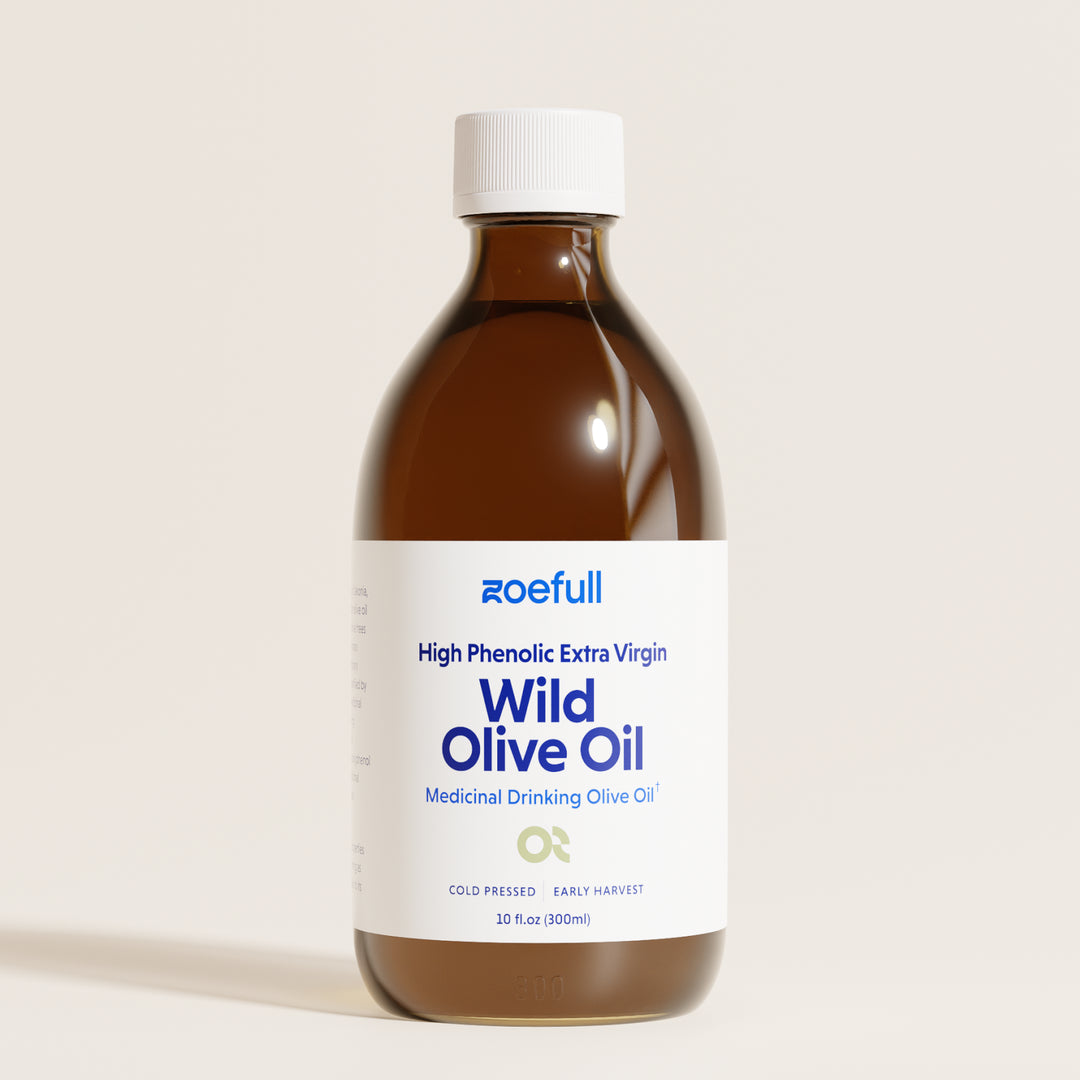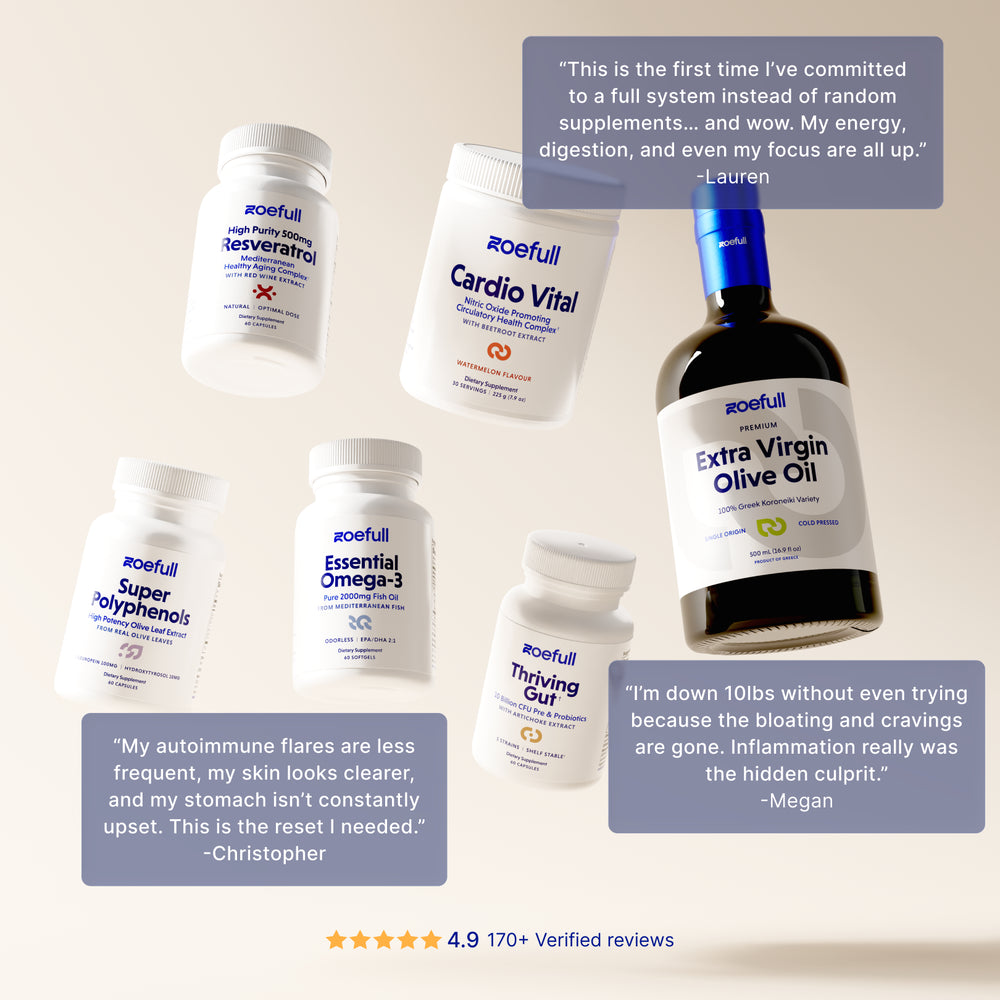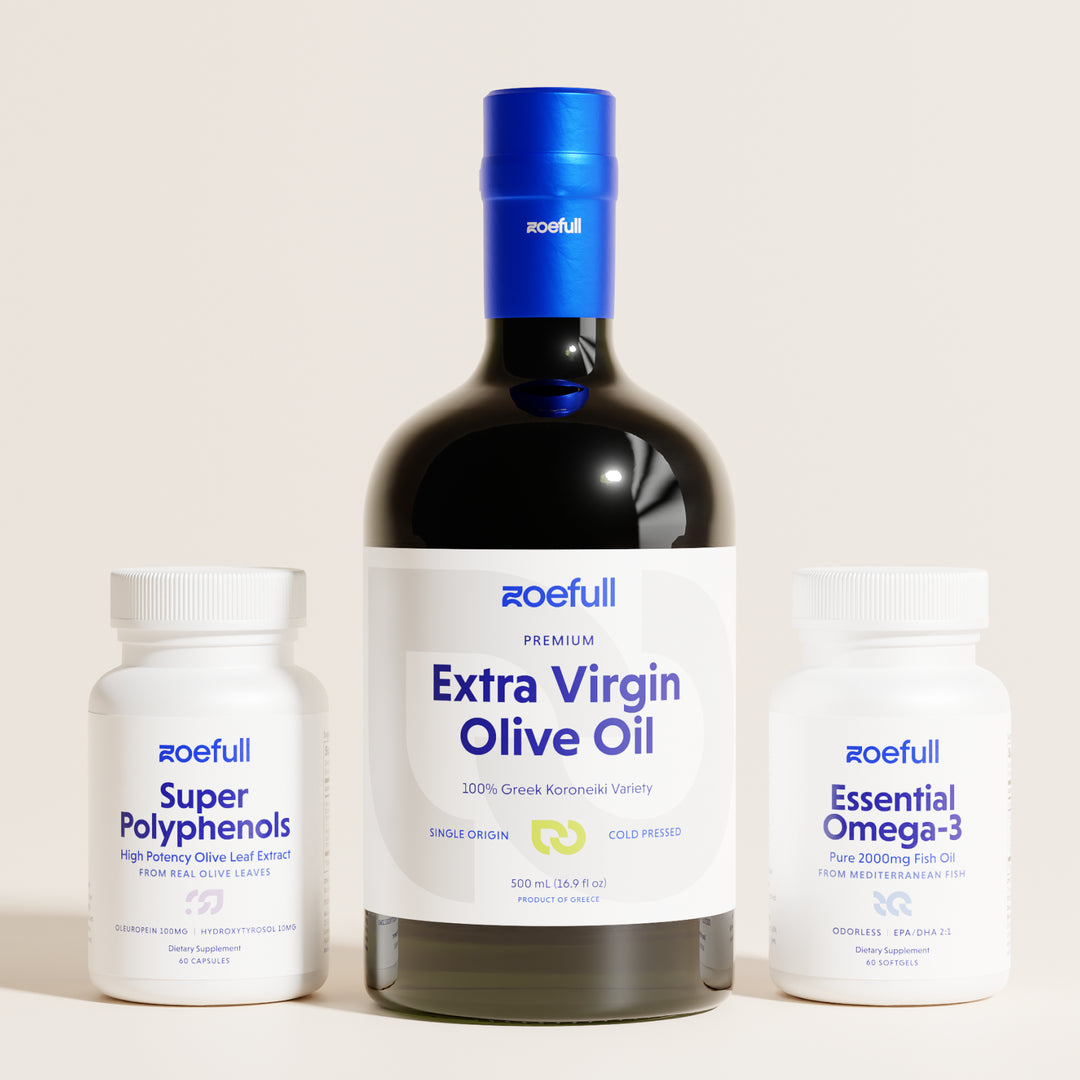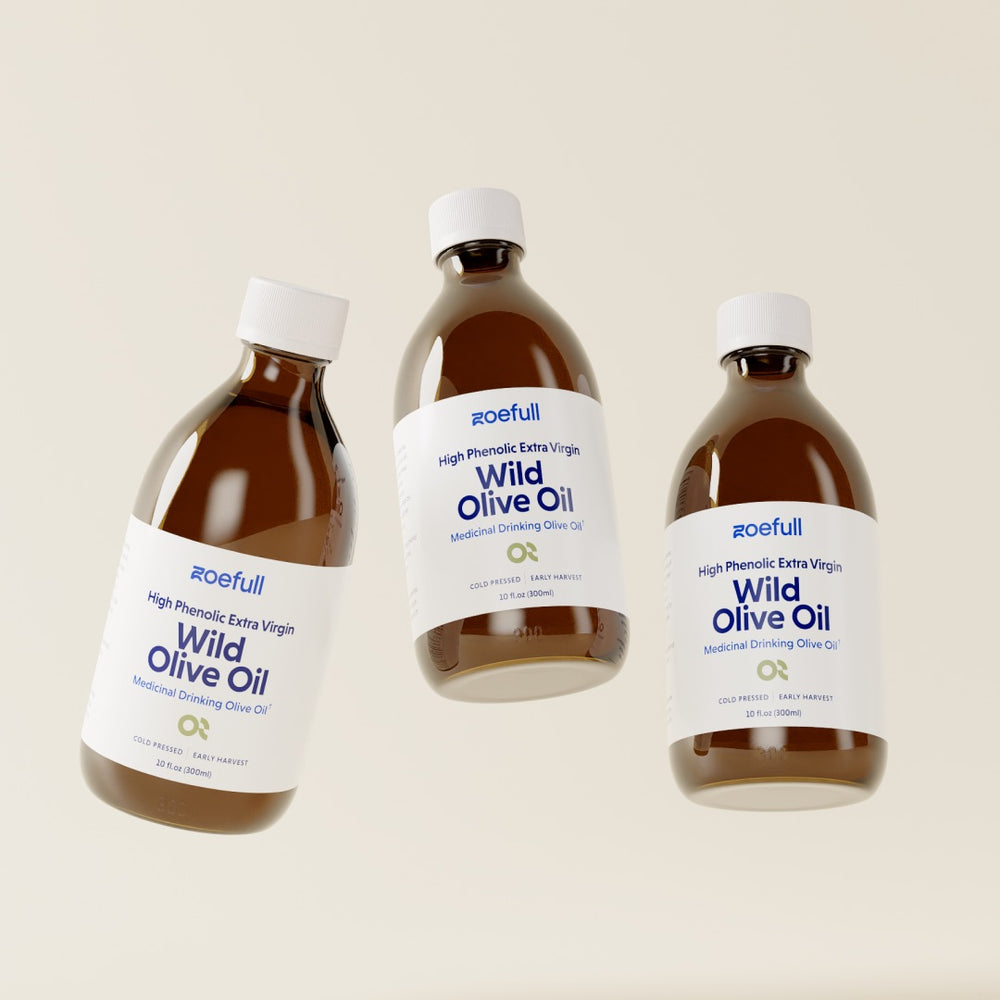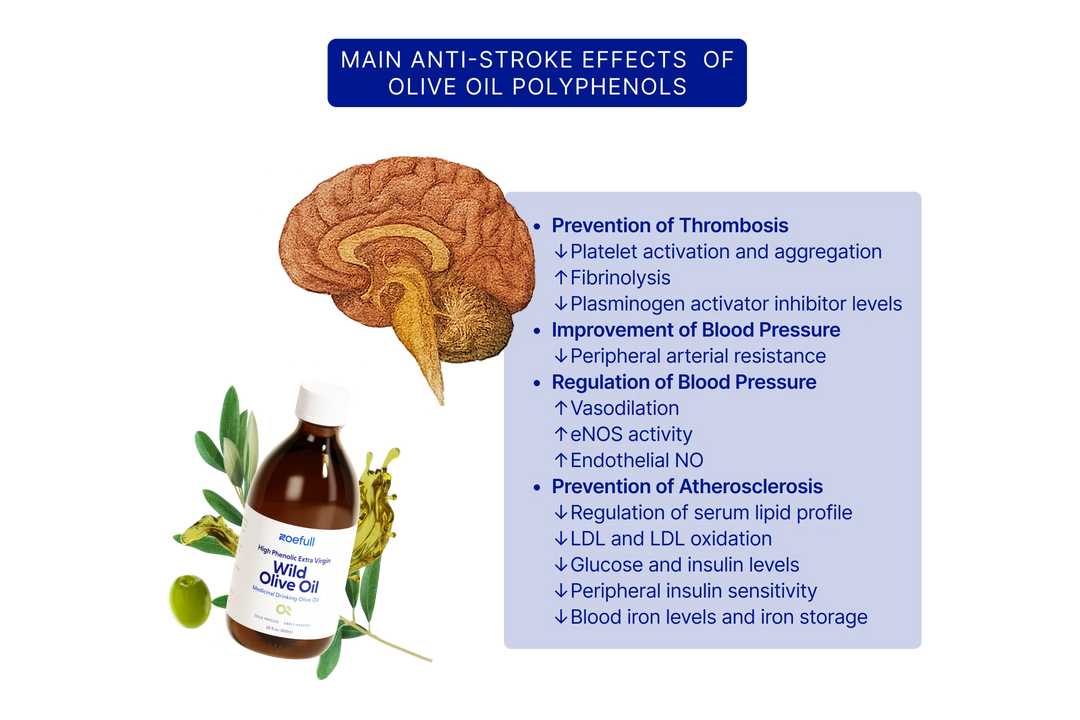The Hidden Link Between Obesity and Inflammation
Obesity: Overview
Obesity is a condition defined by the World Health Organization as "abnormal or excessive fat accumulation that presents a risk to health" (1). It is, in fact, a disease that plagues millions of people, including children - in the United States alone, 1 in 5 children and 2 in 5 adults have obesity (2) (see also Figure 1). Overweight and obese adults together make up more than 70% of the US population. And, this "excessive fat" costs the US healthcare system about $173 billion per year. Thus, obesity constitutes a national health crisis but also a socioeconomic problem that urgently needs to be dealt with.

Figure 1 (from (2)): Proportion of Adults with Obesity for 48 states.
In the USA, obesity is usually diagnosed using the Body Mass Index (BMI). This number estimates the amount of body fat a person has and is computed by dividing the person's weight in kilograms (kg) by the square of their height in meters (m2). Depending on their BMI, a person may fall in one of the following categories:
- Underweight: BMI less than 18.5
- Optimum range: 18.5 to 24.9
- Overweight: 25 to 29.9
- Class I obesity: 30 to 34.9
- Class II obesity: 35 to 39.9
- Class III obesity: More than 40
What's Wrong with Obesity?
Why is obesity a "disease"? Because it is a chronic condition that has been associated with a constellation of metabolic disorders including type 2 diabetes, heart disease, neurodegenerative disease, and cancer. And, scientific findings over the last couple of decades suggest that its systemic effects on health are mediated by a vicious feedback loop that involves chronic inflammation.
What does Obesity Have to do with Inflammation?
But what does fat have to do with inflammation? It turns out that adipocytes (fat cells) of the visceral type (i.e. of the type that surround the organs, as opposed to subcutaneous fat just beneath the skin), are very sensitive cells. They respond to various signals such as intracellular stress and circulating fatty acids (which are plentiful in obese individuals), by secreting pro-inflammatory mediators such as TNF-α and IL-6 (3) (Figure 2). These inflammation-promoting compounds in turn cause further metabolic disorder, including insulin resistance, and therefore more obesity, followed by more inflammation, and so on in a self-perpetuating vicious cycle.

Figure 2: Cartoon illustration of visceral fat secreting TNF-α and IL-6, two pro-inflammatory cytokines, into the system.
For these reasons, obesity is now recognized as a major cause of chronic inflammation (and vice versa). It is thus of paramount importance to tackle both ends of the vicious cycle to restore health.
What to do if Overweight or Obese
Don't despair - there are always solutions to any problem, including obesity. Particularly for obesity, the good news is that small, consistent, steps can make a big difference.
If obese, starting (and sticking to) an exercise and light diet plan can have tremendous effects on weight reduction. We recommend starting simple and adding more as you progress: Go for walks, and introduce Mediterranean diet elements into your diet. Further, to really hit inflammation where it hurts, in addition to exercise and healthy eating, targeted anti-inflammatories (see Zoefull products) can provide your body with the necessary resources to regain control.
Finally, don't give up, and in the face of setbacks remember, it's a marathon, not a sprint, and there's always light at the end of the tunnel.
References
1) WHO: Obesity. https://www.who.int/health-topics/obesity
2) CDC: https://www.cdc.gov/obesity/php/about/index.html
3) Kuby Immunology, 8th edition.
